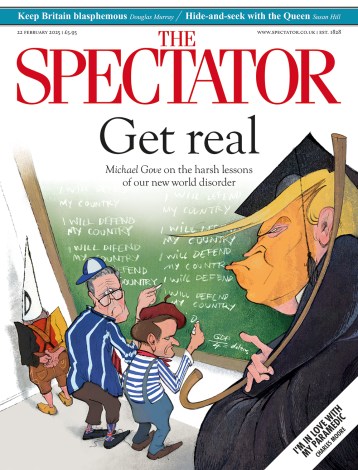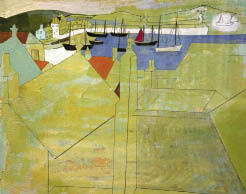Art fraudsters, especially forgers, have a popular appeal akin to Robin Hood. Their cock-a-snook cunning provides a twist on those money shots on the Antiques Roadshow when some dotty great aunt from Sidmouth discovers her umbrella stand is Ming Dynasty. ‘How much?’ cries Dotty. The forger levels the field from the other side of the pitch. When some shipping magnate finds his Monet ‘Nympheas’ is more pond scum than Giverny gold the public collapses into bouts of schadenfreude.
Many books and films have covered this subject, and yet The Conman has a particularly interesting tale to tell. This is a true story not only of dubious oils but also the obfuscation of the paper trail which allows a work of art to be declared genuine. Laney Salisbury and Aly Sujo have expertly researched the story of Profesor John Drewe, supposedly a London-based scientist, who in the late 1980s answered a small ad in Private Eye.

Get Britain's best politics newsletters
Register to get The Spectator's insight and opinion straight to your inbox. You can then read two free articles each week.
Already a subscriber? Log in





Comments
Join the debate for just $5 for 3 months
Be part of the conversation with other Spectator readers by getting your first three months for $5.
UNLOCK ACCESS Just $5 for 3 monthsAlready a subscriber? Log in